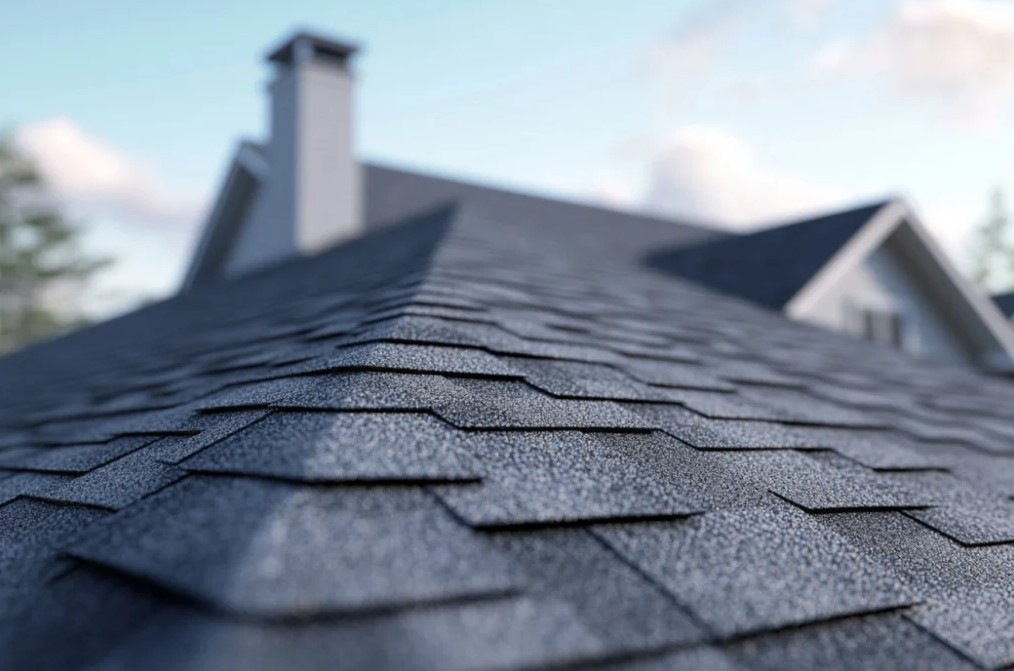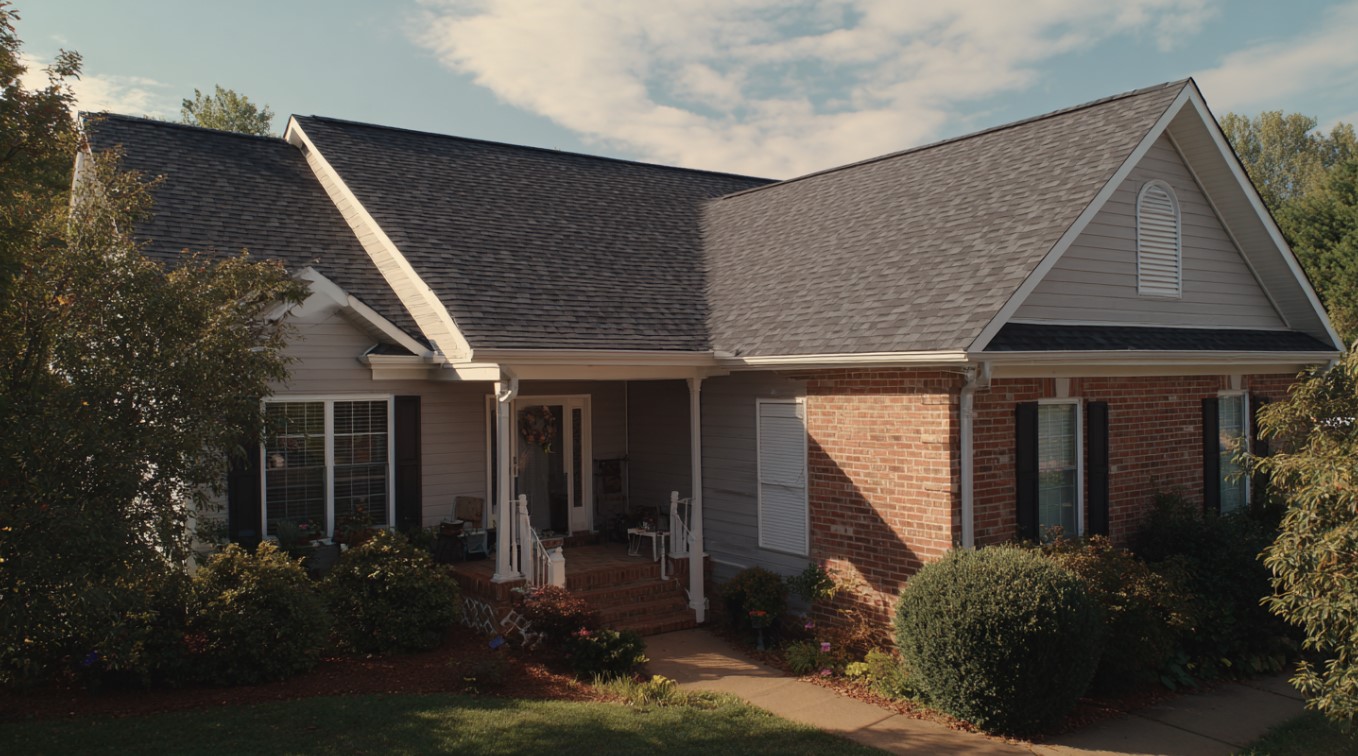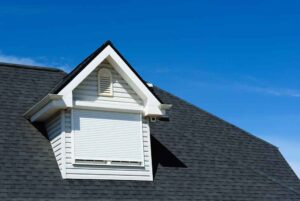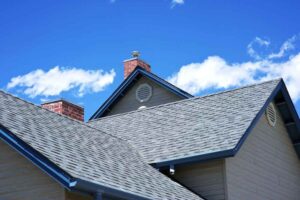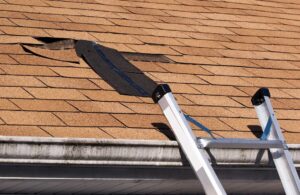In a place like Jacksonville, FL, roofing choices matter. And if you live here, you’ve probably seen what strong winds can do to a poorly installed or aging roof. The real question isn’t if the wind will challenge your roof—it’s whether your roof is ready for it. That’s why wind ratings exist.
The team at Best Choice Roofing of Northern Florida knows this region inside and out. We’ve worked on homes that have weathered decades of storms and on newer builds that didn’t make it through their first hurricane season. So trust us when we say that shingles make a big part of that difference!
What Is a Wind Rating?
Every asphalt shingle is tested for how much wind it can stand before it starts to lift, shift, or fly off completely. That measurement is called a wind rating, and it’s typically expressed in miles per hour. Common ratings include:
- 60 mph: Found in basic 3-tab shingles, not ideal for Florida conditions
- 110–130 mph: Typical for architectural shingles, and often enough for many areas
- 130+ mph: Premium products for homes in storm-prone zones or coastal locations
Ratings are set by manufacturers using standardized lab testing. The higher the number, the better the shingle holds up to wind pressure.
What Makes a Shingle More Wind Resistant?
The design of the shingle matters. Heavier, thicker shingles with reinforced nailing zones tend to perform better under pressure. But weight alone isn’t everything. Installation plays a major role, too.
Here’s what contributes to wind resistance:
- Nail placement
- Number of nails
- Sealing strips
- Starter shingles and edge protection
In Jacksonville, the mix of inland winds, coastal influence, and summer storms means you want a roofing system built for resistance, not just looks.
Architectural vs. 3-Tab Shingles in Wind Zones
It might be tempting to go with a budget option like 3-tab shingles, but the upfront savings usually don’t last. These lighter shingles have lower wind ratings and are more prone to tearing, curling, or lifting in the kind of weather Jacksonville sees every year.
Architectural shingles are thicker and better bonded. With proper installation, many are rated up to 130 mph, and some even qualify for wind warranties with upgraded roofing systems.
If you’re in a high-wind zip code or near the river, architectural shingles offer more long-term peace of mind.
Warranties and Wind Coverage
Not all warranties are created equal. Some only cover wind damage up to a certain speed, while others require enhanced installation techniques to unlock full coverage.
When choosing a roofing company, ask:
- What is the manufacturer’s wind rating for the product?
- What type of wind warranty is included?
- Are the installation methods up to the standard needed for that warranty?
Why Jacksonville Homeowners Should Care
Jacksonville gets a mix of tropical storms, inland winds, and sudden summer downpours. Even if your roof looks fine today, weak shingles or poor installation can leave it vulnerable tomorrow.
The cost of repairing or replacing blown-off shingles adds up quickly. So does the risk of water intrusion if wind lifts even a small section of your roof. Wind ratings are more than marketing buzz—they’re a tool for making smart, long-term decisions.
Choosing the Right Wind Rating Starts with the Right Roofing Partner
When choosing the right shingle for your home, performance should be as strong a consideration as color and price. A roof built for wind can make the difference between needing a simple repair and dealing with full roof replacement after the next storm.
Schedule your free inspection with Best Choice Roofing of Northern Florida today and find out if your roof is up to the challenge. We’ll help you choose the right shingles, installed the right way, for real protection in Jacksonville.
